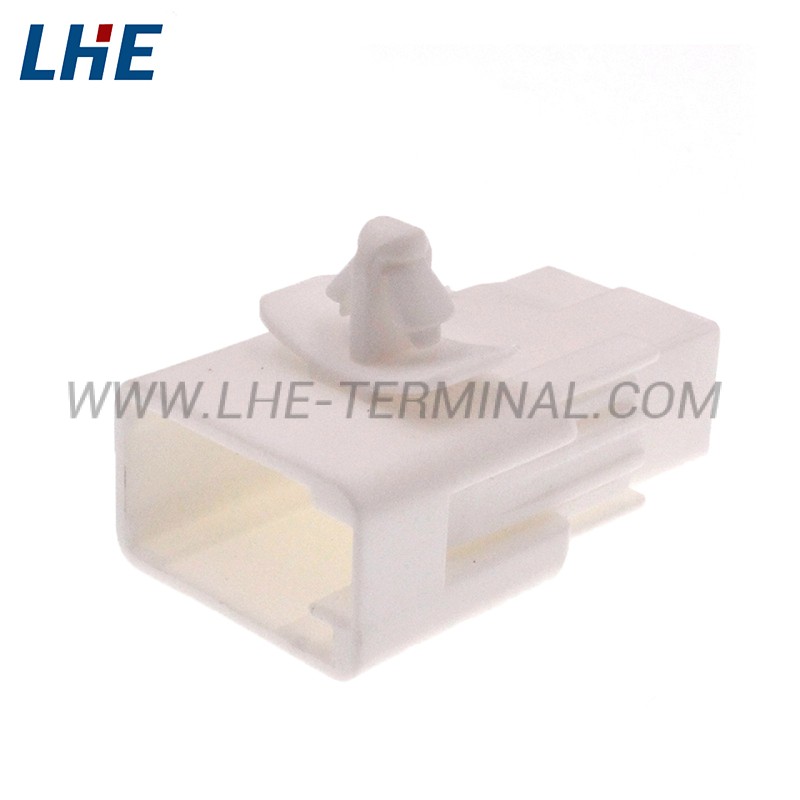Insulation resistance troubleshooting
The degree of electrification of electric vehicles is higher than that of traditional vehicles. Among them, battery packs, electric drive systems, high-voltage electrical auxiliary equipment, chargers and high-voltage wiring harnesses are used in harsh environments such as vehicle collisions, overturns and vehicle operation (vehicle vibration, external ambient humidity) Under the influence of high-voltage circuit and temperature), the insulation performance between the high-voltage circuit and the chassis of the car may be reduced, which may cause the occurrence of car fires and directly affect the life safety of car drivers and passengers. Therefore, when designing the high-voltage system of electric vehicles, first of all, ensure that the insulation resistance value is greater than 100 Ω/V; secondly, when the insulation resistance value of the vehicle is lower than the specified value, the high-voltage management system should cut off all high-voltage circuits in time and issue an audible and visual alarm , and continue for a certain period of time until the original fault disappears, the car can allow the next power-on. The specific implementation standards for insulation testing of high-voltage circuits refer to the national standard “Electric Vehicle Safety Requirements Part 1: Vehicle Energy Storage Devices”.



















